A Summary of our Enemy's Year - WWII Radio Broadcast - 1/3/43
Nazi Germany, officially known as the German Reich until 1943 and Greater German Reich[g] in 1943–45, was the German state between 1933 and 1945, when Adolf Hitler and the Nazi Party (NSDAP) controlled the country which they transformed into a dictatorship. Under Hitler's rule, Germany became a totalitarian state where nearly all aspects of life were controlled by the government. The Third Reich,[h] meaning "Third Realm" or "Third Empire", alluded to the Nazis' perception that Nazi Germany was the successor of the earlier Holy Roman (800–1806) and German (1871–1918) empires. The regime ended after the Allies defeated Germany in May 1945, ending World War II in Europe.
On 30 January 1933, Hitler was appointed Chancellor of Germany, the head of government, by the President of the Weimar Republic, Paul von Hindenburg, the head of State. The Nazi Party then began to eliminate all political opposition and consolidate its power. Hindenburg died on 2 August 1934 and Hitler became dictator of Germany by merging the offices and powers of the Chancellery and Presidency. A national referendum held 19 August 1934 confirmed Hitler as sole Führer (leader) of Germany. All power was centralised in Hitler's person and his word became the highest law. The government was not a coordinated, co-operating body, but a collection of factions struggling for power and Hitler's favour. In the midst of the Great Depression, the Nazis restored economic stability and ended mass unemployment using heavy military spending and a mixed economy. Using deficit spending, the regime undertook a massive secret rearmament program and the construction of extensive public works projects, including the construction of Autobahnen (motorways). The return to economic stability boosted the regime's popularity.
Racism, Nazi eugenics, and especially antisemitism, were central ideological features of the regime. The Germanic peoples were considered by the Nazis to be the master race, the purest branch of the Aryan race. Discrimination and the persecution of Jews and Romani people began in earnest after the seizure of power. The first concentration camps were established in March 1933. Jews and others deemed undesirable were imprisoned, and liberals, socialists, and communists were killed, imprisoned, or exiled. Christian churches and citizens that opposed Hitler's rule were oppressed and many leaders imprisoned. Education focused on racial biology, population policy, and fitness for military service. Career and educational opportunities for women were curtailed. Recreation and tourism were organised via the Strength Through Joy program, and the 1936 Summer Olympics showcased Germany on the international stage. Propaganda Minister Joseph Goebbels made effective use of film, mass rallies, and Hitler's hypnotic oratory to influence public opinion. The government controlled artistic expression, promoting specific art forms and banning or discouraging others.
The Nazi regime dominated neighbours through military threats in the years leading up to war. Nazi Germany made increasingly aggressive territorial demands, threatening war if these were not met. It seized Austria and almost all of Czechoslovakia in 1938 and 1939. Germany signed a non-aggression pact with the Soviet Union and invaded Poland on 1 September 1939, launching World War II in Europe. By early 1941, Germany controlled much of Europe. Reichskommissariats took control of conquered areas and a German administration was established in the remainder of Poland. Germany exploited the raw materials and labour of both its occupied territories and its allies.
-
![Germany 1930's Before WWII Pre War [Ai Color]](https://hugh.cdn.rumble.cloud/s/s8/1/u/5/d/L/u5dLn.0kob-small-Germany-1930s-Before-WWII-P.jpg) 15:52
15:52
UpscaledHistory
2 years ago $0.16 earnedGermany 1930's Before WWII Pre War [Ai Color]
377 -
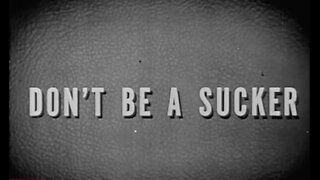 17:07
17:07
KlipKast
1 year agoPost-WW2 Anti-Fascist Educational Film | Don't Be a Sucker | 1947
783 -
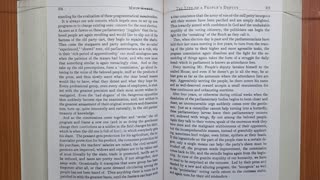 21:40
21:40
Analog Video Books - Read with Me
4 months agoMein Kampf (My Struggle) 043 Adolf Hitler 1925 Translated by R. Manheim Audio/Video Book S043
226 -
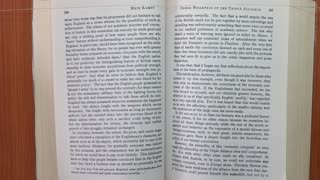 25:19
25:19
Analog Video Books - Read with Me
6 months agoMein Kampf (My Struggle) 019 Adolf Hitler 1925 Translated by R. Manheim Audio/Video Book S019
500 -
 17:40
17:40
Analog Video Books - Read with Me
3 months agoMein Kampf (My Struggle) 053 Adolf Hitler 1925 Translated by R. Manheim Audio/Video Book S053
400 -
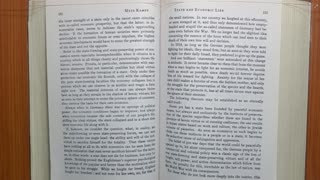 21:37
21:37
Analog Video Books - Read with Me
6 months agoMein Kampf (My Struggle) 020 Adolf Hitler 1925 Translated by R. Manheim Audio/Video Book S020
551 -
 15:29
15:29
Analog Video Books - Read with Me
7 months agoMein Kampf (My Struggle) 002 Adolf Hitler 1925 Translated by R. Manheim Audio/Video Book S002
2.99K2 -
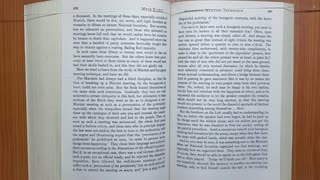 23:37
23:37
Analog Video Books - Read with Me
3 months agoMein Kampf (My Struggle) 057 Adolf Hitler 1925 Translated by R. Manheim Audio/Video Book S057
397 -
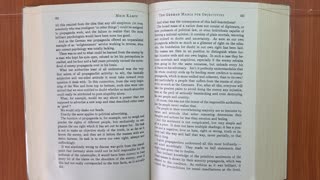 21:52
21:52
Analog Video Books - Read with Me
5 months agoMein Kampf (My Struggle) 023 Adolf Hitler 1925 Translated by R. Manheim Audio/Video Book S023
462 -
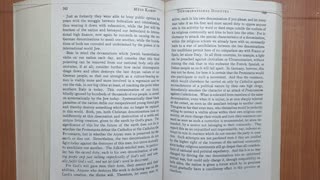 18:02
18:02
Analog Video Books - Read with Me
2 months agoMein Kampf (My Struggle) 065 Adolf Hitler 1925 Translated by R. Manheim Audio/Video Book S065
355